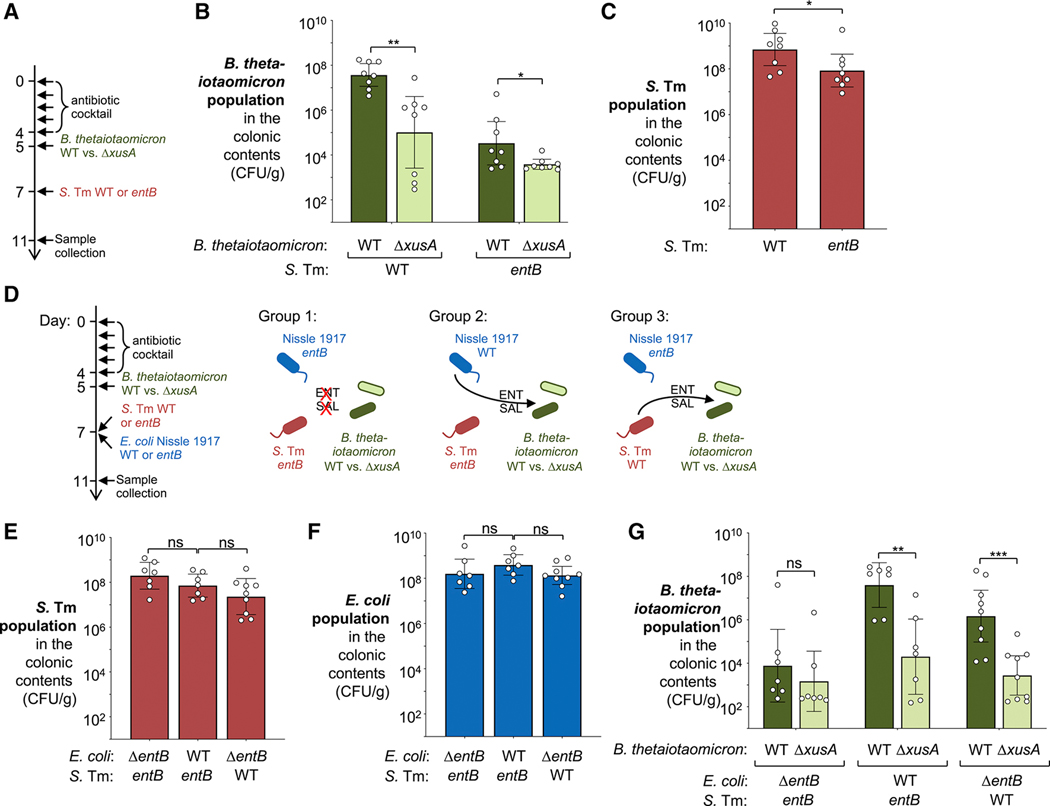Figure 5: Contribution of enterobacterial siderophores to B. thetaiotaomicron fitness during infectious colitis.
(A – C) Groups of C57BL/6 mice were treated with a cocktail of antibiotics, followed by intragastrical inoculation of an equal mixture of the B. thetaiotaomicron wild-type strain (Δtdk, GenR) and a xusA mutant (WZ777, GenR CmR). Mice were then intragastrically inoculated with either S. Tm wild-type strain (SL1344; N = 8) or an entB mutant (WZ818; N = 8). (A) Schematic representation of the experiment. Four days after the S. Tm challenge, the abundance of B. thetaiotaomicron (B) and S. Tm (C) populations in the colonic contents was determined by plating on selective agar. (D – G) Groups of Lcn2-/mice were treated with a cocktail of antibiotics, followed by intragastrical inoculation of an equal mixture of the B. thetaiotaomicron wild-type strain (Δtdk, GenR) and a xusA mutant (WZ777, GenR CmR). Mice were then intragastrically inoculated with either an equal mixture of an S. Tm entB mutant (AR1258) and an E. coli Nissle 1917 entB mutant (WZ780) (N = 7, group 1), an equal mixture of an S. Tm entB mutant and the Nissle 1917 wild-type strain (WZ36) (N = 7, group 2), or an equal mixture of the S. Tm wild-type strain (IR715) and the Nissle 1917 entB mutant (WZ780) (N = 9, group 3). (D) Schematic representation of the experiment. Four days after the S. Tm challenge, the abundance of S. Tm (E), E. coli (F), and B. thetaiotaomicron (G) populations in the colonic contents was determined by plating on selective agar. See also Fig. S4. Bars represent the geometric mean ± 95% confidence interval. *, P < 0.05; **, P < 0.01; ***; P < 0.001; ns, not statistically significant.

